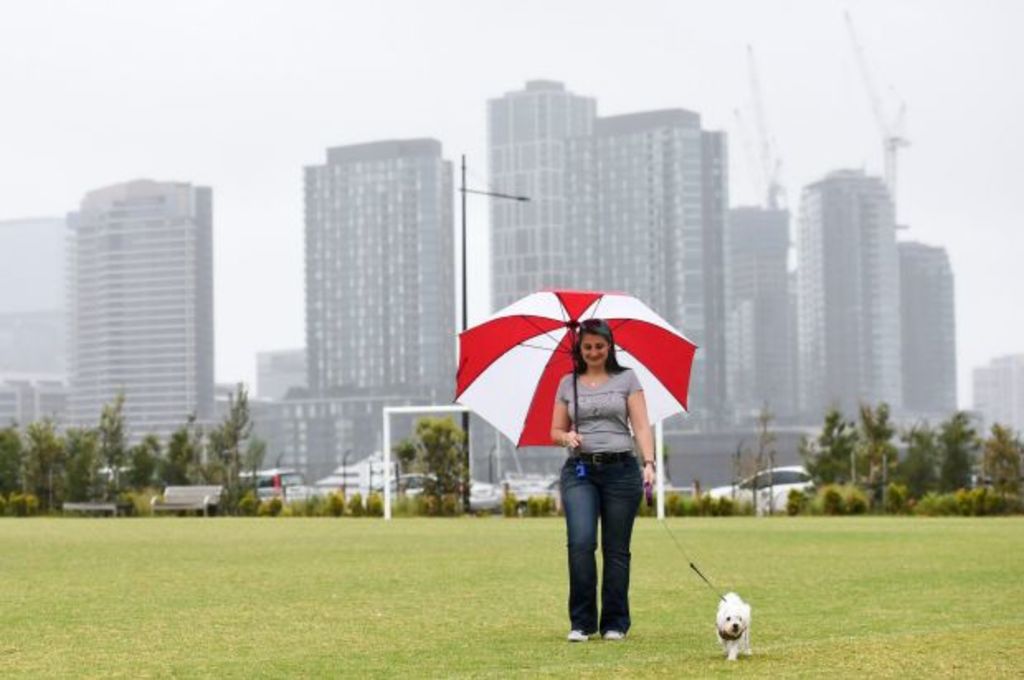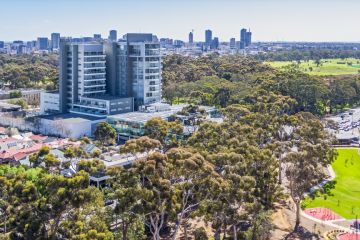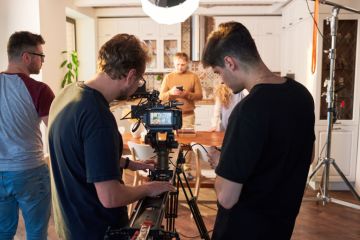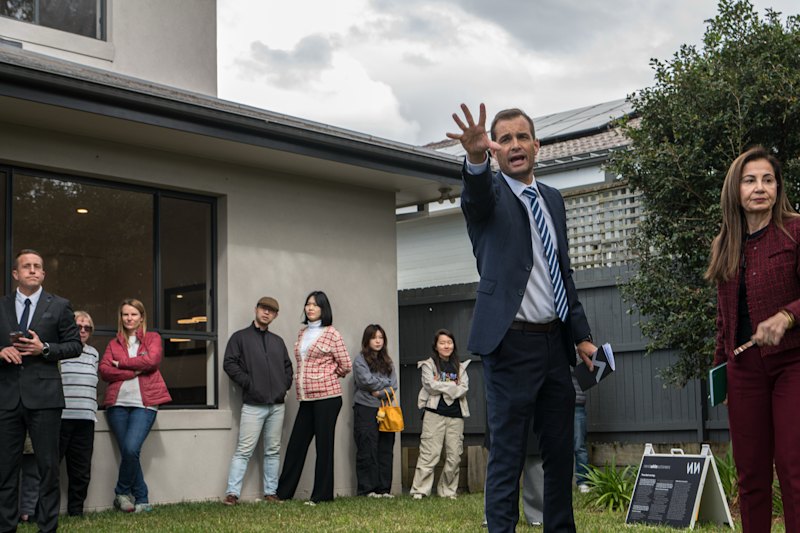How to avoid feeling alone and build a community when you move to a new area

If you live in an established suburb and have kids who go to school locally, it can be pretty easy to tap into the local community.
But what if you’re moving to a new estate – or even an area dominated by high-rise buildings, where saying g’day over the back fence isn’t an option? Sometimes, it’s plain hard to find other locals in the same situation as you.
The latter was the case for Bec Barnes.
“I had my daughter on my own and I didn’t know any other gay families at the time,” says Barnes. “I actually joined a mother’s group where I am, and they kept saying ‘my husband does this, and my boyfriend does that’.
“I thought, I’m gay and I don’t have a partner. They were lovely people but I just didn’t feel I fitted in.”
So Barnes took matters into her own hands, starting a Facebook group now known as the Newcastle and Hunter Rainbow Families.
After talking to a few other mums online, they eventually met for the first time at their local McDonald’s. Almost five years later, the group has more than 200 members and meets regularly for social activities.
“It’s a lot of family talk. We all sort of get to know each other’s families and situations,” says Barnes. “A lot of them have been similar to me – they just didn’t know any other gay people in the area.”
In Melbourne’s Docklands, an area teeming with high-rise apartment towers, it can be difficult to find that sense of community spirit.
“Amazingly hard is how I find it,” says Kim Groizard, a 39-year-old who moved from Townsville with her husband. “My age group, they’re very transient. We speak to our neighbours when we come up and down the lifts, but we’ve never been to each other’s apartments or anything like that.”
However, Groizard says she loves living the area and has made friends through avenues such as the local dog park.
In 2015, Groizard joined the local Rotary Group. It was sparked by a desire to give something back to the world, but also provided a welcome chance to meet more locals.
Through the group, Groizard has steered a project to help Cambodian villagers receive dental care. The group has raised about $11,000 to fund two portable dental chairs, which will be utilised on upcoming trips to the impoverished country.
Meanwhile Rotary’s Loryn Clark is continuing the uphill battle of attracting more members to the Docklands group, which has about 10 people.
“It hasn’t been easy; it’s an interesting area because people are inclined to live in their own little environment,” she says. “There isn’t quite that feeling of community you would get in a suburb.”
Clark, who notes that the area’s local library has been instrumental in bringing locals together, is optimistic that the Rotary group will continue to slowly grow.
Sporting groups and Facebook community groups are other obvious ways to connect. Then there are Australia’s neighbourhood houses, of which there are about 1000.
David Perry, policy and research officer at Neighbourhood Houses Victoria, says the houses were originally sparked by the 1970s feminist movement.
“What we find (now) is that neighbourhood houses adapt to the needs of the local community,” says Perry. “It’s about a place where people feel they can go – a place where they’re comfortable, that’s welcoming, that provides them with meaningful opportunities.”
In high-growth areas, such as Victoria’s Wyndham, neighbourhood houses might provide educational and training opportunities to a typically younger cohort, he says. In others, English language development, fitness classes or day care might be top priority. But generally, Perry says, it’s all about bringing the community together.
“It’s around creating the opportunities for new people moving into an area to engage with others – building these social networks and creating a sense of belonging in these new locations.”
We recommend
We thought you might like
States
Capital Cities
Capital Cities - Rentals
Popular Areas
Allhomes
More
- © 2025, CoStar Group Inc.







